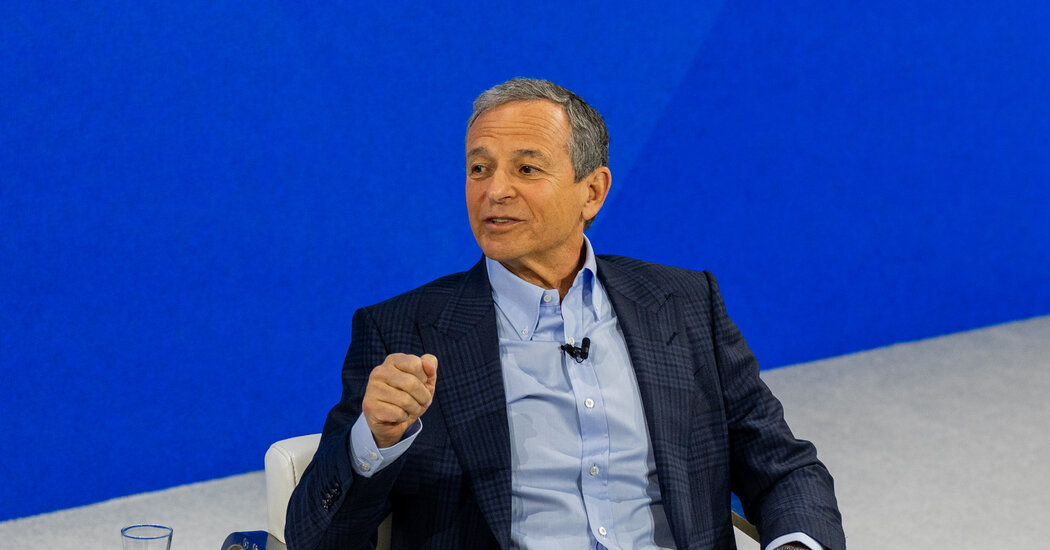N.Y.S.E. Trading Glitch Briefly Sends Some Shares on Wild Ride
For about two hours on Monday morning, trading in shares of about 40 stocks on the New York Stock Exchange was halted after a technical glitch led to misquoted prices, including those of Berkshire Hathaway, which showed a drop of more than 99 percent.
The error was fixed, the exchange said later, adding that any trades placed before the halt would be reviewed. It’s common for exchanges to reverse trades that are placed when prices are clearly incorrect.
The outlandish numbers appeared soon after the opening bell, around 9:45, when Berkshire Hathaway’s Class A shares were priced at just $185.10 — a drop of 99.97 percent from the $626,000 they fetched at the end of trading on Friday. Trading in Berkshire Hathaway was immediately halted.
Less than two hours later, the halt was lifted, and Berkshire shares ended the day at $631,110, up 0.6 percent. (Berkshire’s Class B shares, like the vast majority of issues trading, were not affected by the glitch.)
In a statement, a spokeswoman for the New York Stock Exchange said the malfunction had been caused by “a technical issue” with a data feed that displays bids and prices, known as a securities information processor.
The Securities and Exchange Commission requires that all exchanges send changes to their best bids and offers to the feed, which is operated by an arm of the stock exchange.
Other stocks affected by the problem included Chipotle, GameStop and the movie theater chain AMC. Companies whose share prices temporarily plummeted by nearly 100 percent included Barrick Gold, the Bank of Montreal and NuScale Power, a developer of small nuclear reactors.
Overall, the S&P 500 rose slightly on Monday, and trading elsewhere in the market did not appear to be affected by the glitch.
Trading glitches like the one on Monday are rare but do happen. In 2023, an error led to wild swings in prices that affected more than 250 stocks. The drops that day were less extreme, with shares of large companies like Verizon swinging from gains to losses before order was resumed.
The exchanges use built-in “circuit breakers” to automatically pause trading when a stock price suddenly swings by a large amount. The exchanges also have rules that allow traders to flag erroneous trades and seek compensation if necessary.


